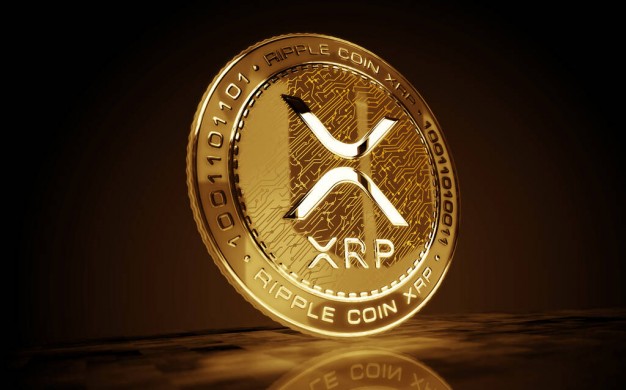Ripple’s evolving approach to blockchain innovation has taken a new turn as the company examines staking on the XRP Ledger and deepens its engagement with regulatory reforms. These developments highlight Ripple’s broader mission to modernize financial infrastructure, enhance security, and bridge the gap between decentralized technology and traditional institutional needs.

Ripple’s Push Toward XRPL Staking Integration
Ripple is actively evaluating staking capabilities for the XRP Ledger as part of its effort to strengthen relevance within decentralized finance. Introducing staking could expand institutional confidence while improving participation among token holders. This development reflects Ripple’s long-term ambition to position XRP as a dependable infrastructure for global payments in an increasingly digital financial environment.
CTO David Schwartz outlined two possible staking designs but emphasized that implementation remains distant because the XRPL’s architecture requires significant restructuring. Despite these challenges, Ripple considers staking a valuable long-term asset that may enhance network resilience, improve incentives, and align the ledger’s capabilities with modern blockchain innovations without abandoning its foundational efficiency principles.
The Proposed Staking Models and Their Structural Demands
Ripple’s first model introduces a two-tier consensus mechanism consisting of an inner validator group selected by stake and an outer group handling governance. This framework incorporates slashing, enhanced accountability, and improved security, aiming to blend economic incentives with trusted coordination. The design would represent one of the largest consensus shifts in XRPL history.
The alternative model maintains the existing Proof of Association system but integrates zero-knowledge proof verification supported by transaction fees. This approach seeks to increase trustless validation without compromising XRPL’s established processes. While less disruptive, it still demands extensive engineering effort, as the ledger’s current approach—burning transaction fees—limits available technical pathways.
Institutional Appeal and Industry Trends Shaping Ripple’s Direction
Staking has become central to modern blockchain operations, influencing network security, scalability, and user participation. Ripple’s exploration mirrors this wider industry movement. By incorporating well-designed staking, Ripple aims to appeal to banks seeking cost reductions, transparent settlements, and faster cross-border payment execution, while allowing them to operate within strict compliance frameworks.
Ripple believes staking could reshape value distribution for validators and token holders, potentially creating a stronger and more sustainable ecosystem. With guidance from RippleX engineering leadership, the company continues analyzing incentive models that preserve trust yet encourage active participation. These evaluations highlight Ripple’s effort to balance innovation with the pragmatic requirements of global finance.
Balancing Trust-Based Consensus With Incentive-Driven Innovation
Despite its enthusiasm, Ripple has warned that excessive reliance on financial incentives could conflict with XRPL’s long-standing trust-based design philosophy. The ledger historically prioritizes reliable validation through verified participants rather than pure economic competition. Maintaining this identity remains essential as Ripple evaluates how deeply staking incentives should influence governance and consensus mechanics.
Any staking integration must therefore avoid undermining XRPL’s foundational principles. Ripple must strike a careful balance between enabling competitive rewards and maintaining predictable performance. The ongoing internal debate highlights a broader tension facing many blockchains: how to modernize infrastructure with attractive incentives without compromising the trust and stability that initially secured user confidence.
Regulatory Developments and the Future of Ripple’s Financial Integration
Ripple recently supported a Federal Reserve proposal to grant crypto firms access to limited-purpose Fed accounts. This initiative could allow stablecoin issuers to bypass intermediaries, achieving faster conversions and cheaper settlements. Ripple views such regulatory advancements as pivotal for strengthening RLUSD’s stability and improving direct Treasury-to-cash redemption mechanisms for institutional users.
Although XRPL staking remains conceptual, Ripple’s broader strategy underscores a commitment to uniting traditional finance and decentralized services. As regulatory systems evolve, Ripple’s adaptable technology may prove instrumental in shaping next-generation financial infrastructure. Combined with potential staking models, its innovations position the company as a key driver of future digital asset integration.
Learn from market wizards: Books to take your trading to the next


 Hot Features
Hot Features












